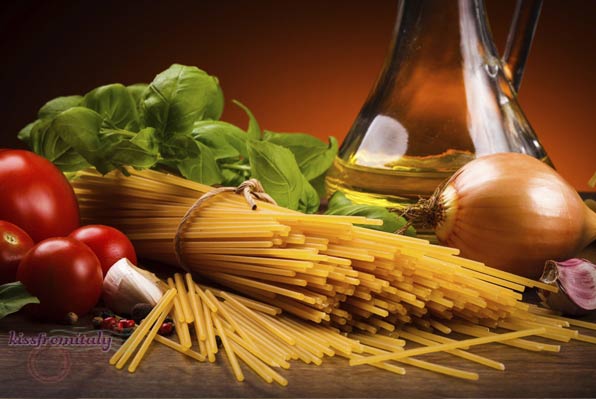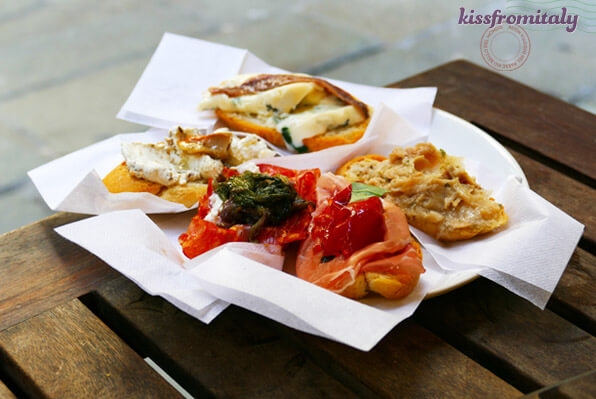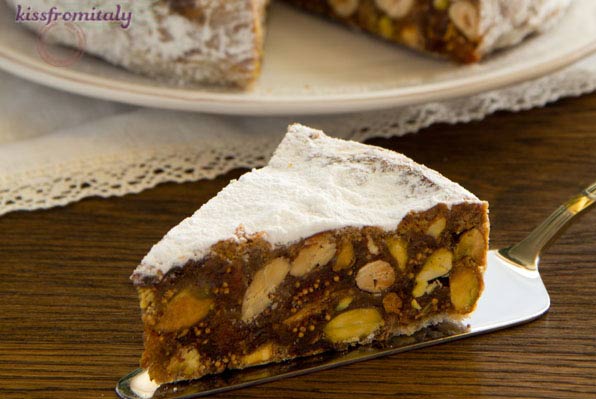
What to eat in Rome: Learn about the best food of the Eternal City's Culinary Traditions
A food-lovers trip to Italy wouldn’t be complete without a stop to the Eternal City. Despite its Imperial heritage, the city approaches food in a relaxed manner, favoring its traditional cucina povera, "cuisine of the poor", a myriad of hearty dishes historically enjoyed by the populace, rather than the elite. Cucina povera is the soul of Roman gastronomy, and as any tourist will tell you, one of the best parts about visiting Rome!
Pass the Antipasto
Hungry eaters won’t want to forgo a tasty antipasto, appetizer. Whilst navigating Rome’s spiraling streets, tourists have passed baskets of artichokes on display. Here in Itay’s capital, the carciofi’s, artichoke, adoration dates back hundreds of years. Today cooks prepare the beloved dish in two ways. To sample the oldest recipe, Carciofi alla Giudia (Jewish-style artichokes), head to the Jewish Ghetto where the Jewish Community has been deep-frying this prickly vegetable for nearly 400 years. Chefs open, beat down the leaves and then deep-fry this plant to crispy perfection. Those looking for a ‘lighter take’ on the Roman favorite should try Carciofi alla Romana (Roman-style artichokes). Garnished in breadcrumbs, garlic, mint and olive oil, then thrown in the oven, there’s no doubt that this green will hit the spot.
For tourists in search of more fried foods, Rome’s the place to be. Indulge in its other specialty: fiori di zucca fritti, fried zucchini flower. Chefs pluck zucchini’s yellow flower and stuff it with cheese and anchovies before battering and frying them. Enjoy the initial crunch before the mozzarella melts in your mouth. Other Roman fried favorites such as supplì, fried rice balls stuffed with beef ragout and mozzarella, and baccalà fritto, fried cod, merit a tasting by any hungry traveller.
Gallery
Primi: Pasta Time!
Once appetizer plates are cleared away, out comes the pasta. Traditional Roman trattorias serve the trifecta of Roman pasta dishes: Carbonara, Cacio e Pepe and Bucatini all'Amatriciana. Although the plates are served across the boot, these pastas call Rome home and have been perfected here, in the country's capital.
Carbonara is easy to come by in the States, but trying the dish in its hometown is a whole new experience. Even if American recipes stay loyal to traditional ingredients – raw egg yolk, black pepper, guanciale (pig’s cheek) and grated Pecorino Romano cheese – something about pasta al dente (minimum cooking time, for a firmer noodle) while eating under the glow of the Colosseum elevate the taste to divine. For a truly authentic twist, look for the dish served with the short bombolotti pasta.
Cacio e Pepe may be one of the simplest recipes, but it certainly ranks as one of the best. Ingredients are sparse. A dash of pasta water, Pecorino Romano (cacio cheese), pepper (pepe) and cooked pasta spin together, before serving. It’s mindboggling how such a simple dish can taste so good.
Years ago when beef was sparse, tiny chunks of meat (pancetta or guanciale) were added to give a pasta-dish substance. One of the best examples, Bucatini all’Amatriciana, originates from this humble tradition. A thicker noodle, Bucatini, makes the dish heartier than regular spaghetti. Literally, bucatini means little holes, as the pasta shaped mimics thick spaghetti, but with a hole running through it. However, like Carbonara, the dish is often served with bombolotti pasta. A heavenly mix of tomatoes, hot pepper, onions, guanciale and grated Pecorino Romano complement the hefty pasta, always leaving customers craving more. For eaters looking to take a break from tomato-based sauces, ask for a similar version pasta alla gricia that waives the red acidy plant.
Secondi: Meat Galore and the Quinto Quarto
Adventurous meat-eaters will savor the city’s quinto quarto (fifth quarter) cooking scene. The cuisine quinto quarto was born in Testaccio, Rome’s blue-collared neighborhood, historically home to slaughterhouses, and takes its name from the type of meat quarter- quarto- used. Years ago, carcasses were divided into 5 quarters and distributed according to rank: the first and best quarto went to nobility, the second to clergymen, third to bourgeoisie, fourth to soldiers, and the "fifth quarter" of offal to the remaining populace. Consisting of heads, tails, hearts, lungs intestines, feet and esophagus, the working class derived creative and tasty ways to enjoy their given share. Today quinto quarto menus incorporate: cervello (brain), zampi (feet), la pajata (pig intestines), testarelle (head, normally roasted), trippa (stomach), coratella (esophagus, heart and lung sautéed with artichoke), coda (tail), animelle (sweatbreads), milza (spleen) and fegato (liver). Two must-haves are the coda alla vaccinara, oxtail stew made with veal tail with tomato sauce, celery and clove, and rigatoni con la pajata, a pasta dish with ringed intestines of a milk-fed veal. For less daring eaters, opt for a delicious lamb dish, abbacchio alle cacciatora—lamb chops cooked in oil and vinegar spiced with garlic, sage and wine.
Once the meat is chosen, don’t forget a contorno, side. When in Rome, order as the Romans do, and ask for puntarella, Roman chicory. This bitter vegetable, served with an anchovy, lemon juice and olive oil dressing may raise a wave of skepticism— but trust us, it’s worth a try!







